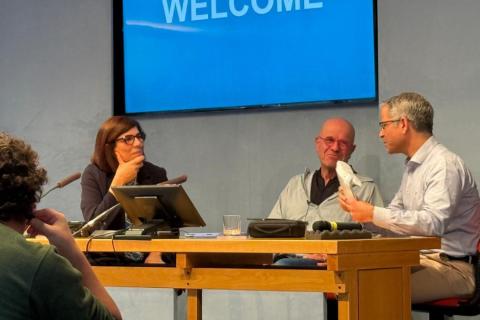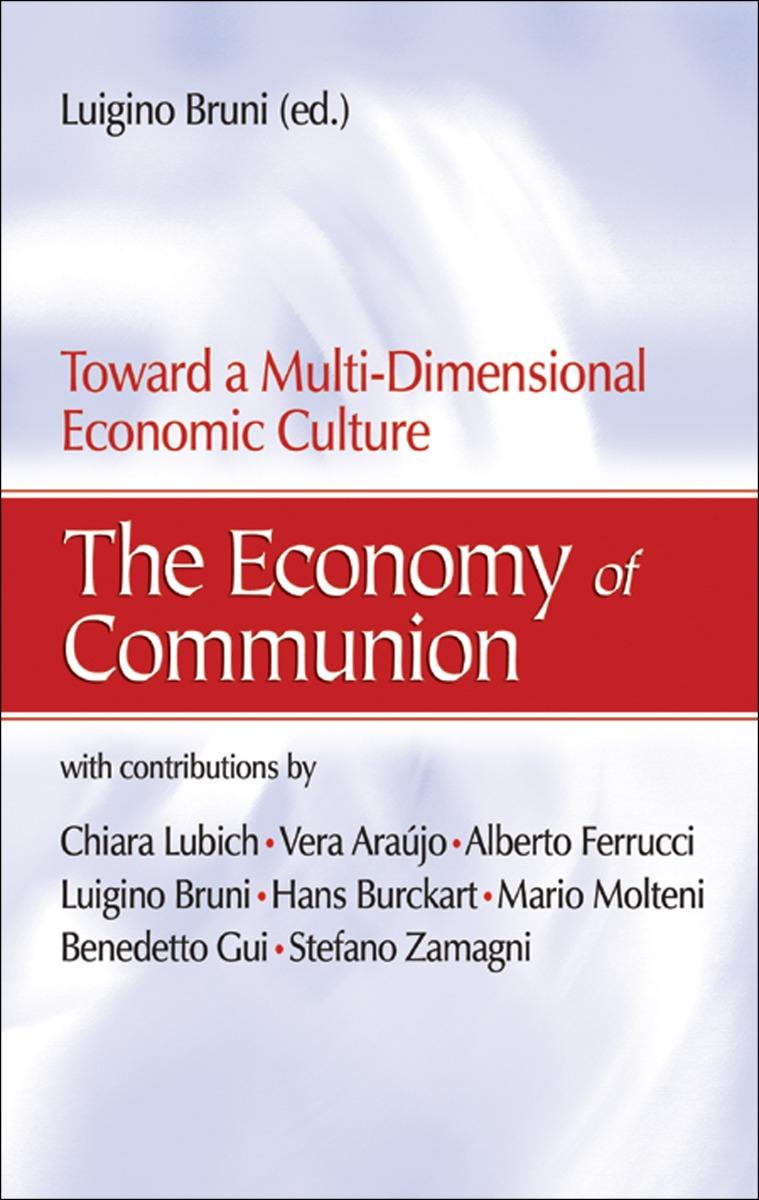
Photo by Annie Spratt on Unsplash
No faces, no voices, and long silences — imagine how it would be like for a student with expensive tuition bills who has just moved from another country. Sitting in front of a laptop screen and paying attention in on online class would probably be way down on the list of your priorities. These are my students.
Face-to-face classes stopped and remote teaching and learning became the reality for over 250 million learners worldwide in early 2021, according to UNESCO.
This was put into effect on a Friday afternoon on March 13, 2019, leaving only a week to prepare. For the past ten years, I have been working in education in Canada, teaching over 1,200 students majoring in psychology and communication courses.
Online learning has become the “new normal” in the field of higher education. With the increased demand for flexible and online learning, there are costs: faces are hidden, voices are missing, silences are frequent.
Faces are hidden behind the screen. “Are you there?” is a question that I didn’t need to ask before. My students use emojis in their chat messages. “Maybe I’ll be able to see your real smile?” This is when a student surprised me one day with her camera on.
Voices are missing when messages are sent in a chat box. Students cannot address a question directly without everyone seeing it. This can be intimidating when asking a personal question directed to me or vice versa. To make it less threatening I dedicate “free time” before class begins, or online breakout rooms so they can connect with their peers in the live chat about current topics and interests. This connection would have happened more easily in a classroom when students would sit beside each other.
Sometimes, my efforts still fail when my students stay silent.
Without voices or faces, I take a simple poll with questions that might stir up a response: “Are you familiar with this topic? How comfortable are you in this discussion? Is this clear and fair?” Then I know very quickly who is there.
As a professor and facilitator, I have made a more conscious effort to relate to my students, to get beyond seeing only their names on the screen — that is if they are their real names.
What does make my day are many simple things: students turning on their cameras, asking for advanced feedback on their assignments and sending me short messages of appreciation. Building a relationship takes a little more creativity: inquiring about their interests outside of college, calling them by their nicknames, and sharing more photos and videos in the online discussion boards. One student has even popped on camera with their baby!
Given the circumstances of online teaching and remote working, I am still more in favor of face-to-face classes with online/hybrid options. I have not had to face any issues with traffic, but there were some Wi-Fi mishaps.
However, even beyond that, I have had many positive experiences that were only possible due to working remotely. I was able to wave hello to Pope Francis twice in a day in Bratislava, to celebrate my birthday together with a friend in Budapest, and to have virtual visits with my brother and friends in Europe, Vancouver and California.
Yes, it is well worth waking up before 5am some days. And I am still working online for colleges in Canada while learning French (from France) and getting licensed in real estate (for British Columbia) — all online!
Donata Ling, Toronto
My home is my office
I work for a provider of cloud-based home healthcare software, with offices in Canada, Australia and the U.S. The pandemic’s outbreak has imposed on my company and my 600 colleagues the need to work remotely for many months.
A few weeks ago, I got an email from the human resources department, where the company let each employee decide whether to go back to the office or not. The employer gave me the possibility to decide how many days a month or how many weeks I would like to be in the office. Instead, I started considering the second option: working remotely full-time.
At the beginning of the pandemic, when the whole family was working or studying from home, things were not easy — or better, complex and messy. Finding a comfortable space for everyone, taking care of the different schedules, staying focused when the others had a break was a challenge. Now the possibility of my home becoming my office as well is not so terrifying, because I figured out that this option offers several advantages, for example, regarding transportation.
Working from home makes me save hours of commute every day. Moreover, being at home had an impact on our family budget, because I didn’t need to hire a babysitter when my daughters were not in school. It was a big saving.
Unfortunately, my wife must work in person. So me being at home has really proved to be an advantage for our children’s care. In addition, last summer I had the chance to spend two months in Italy at my parents’ house, working remotely.
Now that my daughters are back in school for many hours a day, life has become more like the pre-pandemic standard. Of course, I miss the chats with my colleagues, and it is difficult to take a real break during working hours, but I would define working from home much smarter and beneficial for me and my family.
Salvo Furco, IT Engineer at AlayaCare, Brooklyn
A holy place
When the order came to work from home for two weeks, it seemed like an adventure. We all learned to use Zoom and walked around our homes with our laptops looking for the best lighting and background. We learned that one can look entirely professional from the waist up while wearing pajama bottoms. We began to relish life without a commute. We sorted out the best place to work. And then the two weeks flowed into two more until we were amazed to find that we had been at home for a year!
Somewhere along that timespan, the glow around working at home began to tarnish. In a small apartment with no extra space, the dining room table became my office — burdened with laptop, files and a phone. A folding table invaded the kitchen, loaded with more files and office supplies.
Soon I was experiencing the shift from “I’m working at home” to “I’m sleeping in my office.” There was nowhere to go to escape, to experience the transition from office to home. So, when asked which circumstance I prefer, there’s no contest. The office is a healthier and more inspiring place for me to do my work.
It’s not just about seeing my colleagues and being able to easily share ideas with them. It’s not just about clearing off my dining room table and reclaiming my home as a place of relaxation and restoration. It’s about the holiness of my office. My desk there is every bit as messy as was my dining room table at home and, given where my office is located, it can be very noisy and distracting unless I shut out the community of my workplace by closing my door.
But in my office, with its disorder and noise, I am embraced by the long and rich history of my ministry. The symbols displayed in my workplace remind me continually of what we stand for and what values inspire us. The people I encounter remind me of with whom and for whom I am there.
When I’m in my office I’m not just doing today’s work. I am surrounded by all the hours I have spent in that space: the energy of them, the joys and disappointments, the conversations that still echo. My walls do talk, and they speak words of continuity and connection.
I’m not sure I would have come to these insights if we hadn’t all been isolated for so long. But a gift of the pandemic to me has been the realization that I can do my work anywhere, but the holiness of my ministry is in my office.
Sister Sheila Carney, Special Assistant to the President at Carlow University, Pittsburgh












